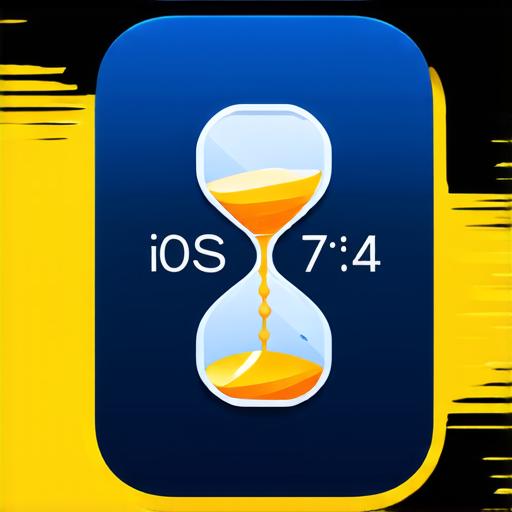Average Installation Time

Installing updates is an important part of maintaining the stability and security of your iOS device. However, it can be time-consuming and frustrating, especially if you have limited data or slow network speeds.
In this article, we will explore the average time required for installing the latest iOS 17.4.1 update and provide some tips to help you optimize the installation process.
Average Installation Time
The average installation time for iOS updates can vary depending on several factors such as your device’s storage capacity, network speed, and battery level. According to Apple’s official support website, the average installation time for iOS 17.4.1 update is between 60-90 minutes.
However, this can be longer or shorter depending on various factors such as:
-
Device Storage Capacity: If your device has limited storage capacity, it may take longer to install updates as the file size of the update can vary depending on the type and number of updates being installed. For instance, if you have a 16GB iPhone, it may take longer to install updates than on an iPhone with 256GB or more.
-
Network Speed: If you have a slow network connection, it can take longer to download and install the update. Slow internet speeds can also result in interruptions during the installation process, causing the update to take longer.
-
Battery Level: A low battery level may cause the installation process to take longer as the device needs to conserve power while installing updates. It’s recommended to charge your device before starting the installation process to avoid any delays.
Tips for Optimizing Installation Process
-
Check Your Device Storage Capacity: Before installing updates, check your device’s storage capacity and free up some space if necessary. You can do this by deleting unnecessary apps or files from your device.
-
Connect to a Fast Network: If possible, connect your device to a fast network such as Wi-Fi or Ethernet. This will help you download the update faster and reduce interruptions during the installation process. A slow internet connection can cause delays in the installation process.
-
Charge Your Device: Make sure your device is fully charged before starting the installation process. A low battery level can cause the installation process to take longer and may result in a failed update. It’s recommended to charge your device to at least 50% before installing updates
-
Check for Compatibility: Before installing updates, check if your device is compatible with the latest version of iOS. Installing an update on an incompatible device can cause issues with your device’s functionality. You can check the compatibility of your device by going to Settings > General > About iPhone or iPad and checking the software version.
-
Backup Your Data: It’s always a good idea to backup your data before installing updates. This will ensure that you don’t lose any important files or data during the installation process. You can backup your data using iCloud, iTunes, or a third-party backup app.
-
Disable Automatic Updates: If you prefer to install updates manually, disable automatic updates on your device. This will give you more control over when and how updates are installed. To disable automatic updates, go to Settings > General > Software Update and toggle off Automatic Updates.
Conclusion
The average installation time for iOS 17.4.1 update can vary depending on several factors such as device storage capacity, network speed, and battery level. To optimize the installation process, it’s recommended to check your device’s storage capacity, connect to a fast network, charge your device, check for compatibility, backup your data, and disable automatic updates. By following these tips, you can ensure a smooth and timely installation of the latest iOS update. It’s important to note that updating your device can take some time, so it’s recommended to wait until you have ample free time before starting the installation process.
